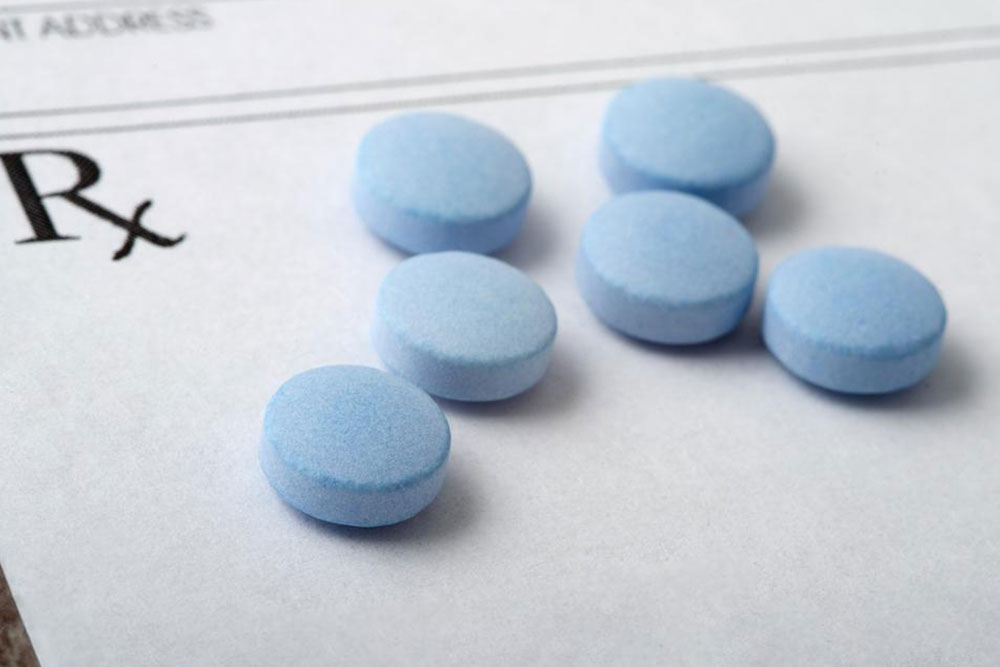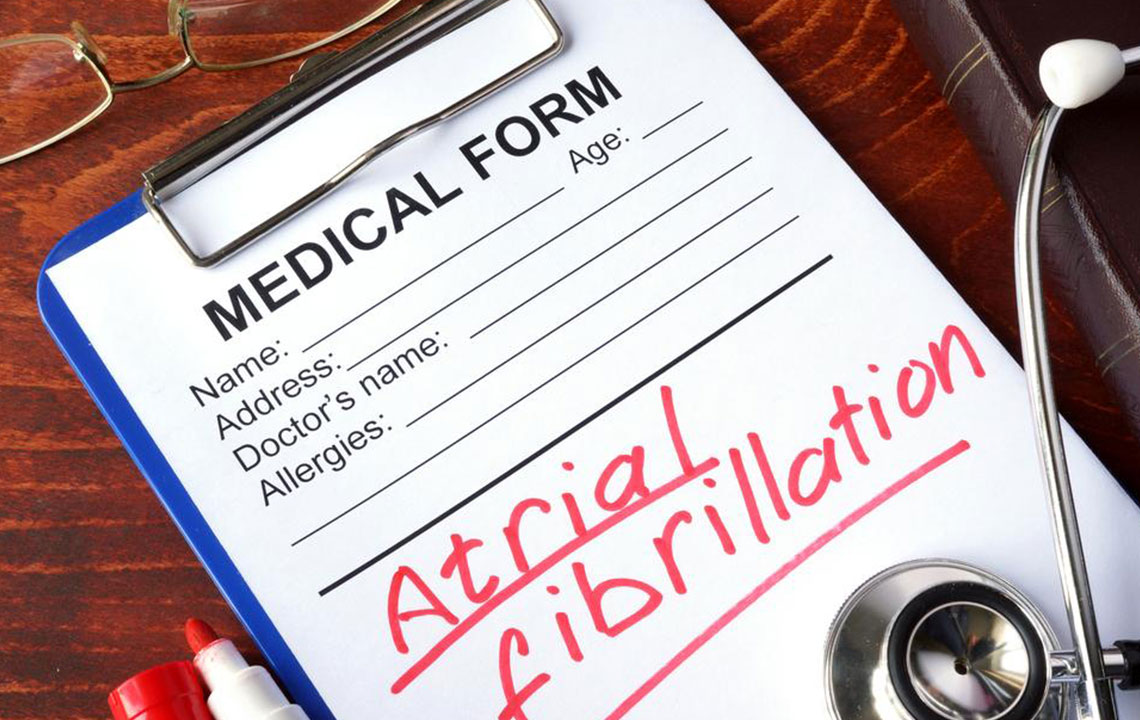Early Detection and Immediate Response to Stroke Symptoms: A Comprehensive Guide
This comprehensive guide details how to recognize early signs of stroke, including FAST symptoms, risk factors, and the importance of immediate response. It emphasizes the critical role of timely medical intervention in reducing long-term disabilities and saving lives. The article also discusses prevention strategies and the significance of awareness campaigns to improve stroke outcomes through early detection and treatment.

Early Detection and Immediate Response to Stroke Symptoms: A Comprehensive Guide
A stroke is a critical medical emergency that occurs when the blood supply to a part of the brain is suddenly interrupted or reduced. This interruption causes brain cells to die due to a lack of oxygen and essential nutrients. Recognizing the early warning signs of a stroke and responding promptly can significantly reduce the severity of long-term disabilities and even save lives. Stroke can impact individuals of all ages, although certain factors can increase susceptibility. This detailed guide aims to help you understand the warning signs, risk factors, and immediate actions necessary if you suspect someone is experiencing a stroke.
The brain relies heavily on uninterrupted blood flow to function correctly. When this flow is compromised, the consequences can be devastating, affecting motor skills, speech, cognition, and overall bodily functions. The extent of damage depends on the affected brain areas and how quickly medical intervention is initiated. Tragically, many strokes are preventable or manageable if caught early. Therefore, awareness and rapid response are key to improving patient outcomes.
In clinical settings, healthcare professionals generally use the FAST acronym to identify early signs of stroke. Recognizing these symptoms quickly can mean the difference between full recovery and long-term disability. The acronym stands for:
F: Facial Drooping—Noticeable weakness or numbness on one side of the face, often accompanied by uneven smile or drooping eyelid.
A: Arm Weakness—One arm may feel weak or numb, and when raised, it may drift downward or fail to respond as expected.
S: Speech Difficulties—Speech may become slurred, incoherent, or the person may be unable to speak or understand speech entirely.
T: Call Emergency Services Immediately—If these symptoms appear, immediate medical attention is critical to minimize brain damage and improve recovery chances.
Even if symptoms seem to resolve temporarily, it is crucial not to dismiss them. Transient symptoms may still indicate serious underlying issues, and medical evaluation is necessary to prevent future strokes.
Warning Signs That Cannot Be Ignored
Besides the hallmark FAST symptoms, there are other subtle indicators that an individual may be experiencing a stroke or a warning of an impending stroke. Early detection hinges on recognizing these signs promptly. Common early warning signs include:
Sudden weakness or paralysis in the limbs or face, sometimes only on one side of the body.
Persistent numbness or tingling sensations that do not subside.
Sudden dizziness, loss of balance, or difficulty walking.
Intense, unrelenting headaches that are different from normal headaches.
Blurred or loss of vision in one or both eyes, often sudden and severe.
Medical research underscores the importance of swift hospital admission, especially within the first three hours of stroke onset, to take advantage of time-sensitive treatments like clot-busting medications. Immediate medical intervention dramatically enhances the likelihood of minimizing brain damage and increasing survival rates.
Factors That Elevated the Risk of Stroke
While strokes can occur in anyone, certain factors significantly increase the risk. Recognizing these can guide individuals to take preventive measures or seek early intervention. Notable risk factors include:
Advancing age, particularly over 55 years old.
Gender differences, with women being at slightly higher risk due to factors like pregnancy and hormonal influences.
Chronic health conditions such as hypertension (high blood pressure), diabetes, and high cholesterol levels.
Unhealthy lifestyle choices including smoking, excessive alcohol intake, and poor diet.
Lack of physical activity and obesity.
Family history of strokes or cardiovascular diseases.
Many strokes are preceded by minor, often unnoticed warning signs, which if identified early, can prevent subsequent serious events. Persistent headaches combined with other symptoms should prompt immediate medical consultation, especially in at-risk populations.
The Critical Importance of Early Detection and Intervention
Strokes are among the leading causes of long-term disability worldwide. The aftermath can include paralysis, speech impairments, cognitive deficits, emotional disturbances, and physical exhaustion. Immediate medical treatment is vital to prevent or reduce these devastating consequences. Advances in stroke management, such as thrombolytic therapy and minimally invasive procedures, have improved outcomes significantly. However, these treatments are most effective when administered promptly.
Education plays a vital role in stroke prevention and management. Learning to recognize symptoms like FAST, understanding personal health risks, and knowing emergency procedures can save lives. Encouraging family and community awareness campaigns can empower more individuals to respond swiftly to stroke emergencies. The goal is to reduce the incidence of severe disability and death caused by delayed treatment.
In conclusion, early recognition of stroke symptoms combined with rapid medical response can dramatically improve recovery prospects. Regular health checkups, managing risk factors, and educating oneself about warning signs are essential components of stroke prevention. Remember, time is brain—every minute counts when responding to a suspected stroke.





